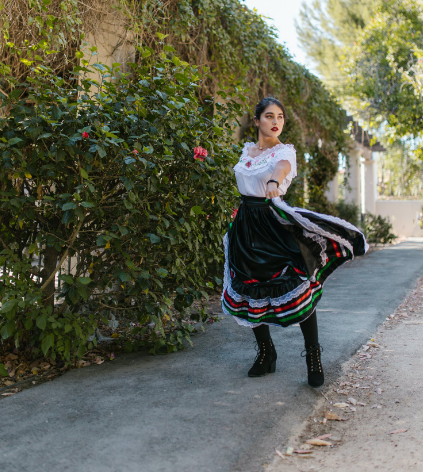Hispanic American History Recognized
Many Hispanic Americans can trace their roots back to the cultures of the Americas’ indigenous peoples, including the Aztecs (Mexico), Arawaks(Puerto Rico), Aztecs (Mexico), Incas (South America), Maya (Central America) and Tainos (in Cuba and Puerto Rico).
Some of their roots can be traced back to the Spanish explorers, who set out in the 1400s to find a cheaper and easier way to trade with the Indies. Others Latinos can trace their roots back to African slaves brought to the New World.
Hispanic Americans are today identified by the countries from which they or their ancestors originated. This includes Mexico, Puerto Rico and Spain.
This observation began in 1968 under President Lyndon Johnson as Hispanic Heritage Week. President Ronald Reagan expanded it in 1988 to include a 30-day period that started on September 15th and ended on October 15. The Public Law 100-402 approved it and it was made law on August 17, 1988.
The United States Statutes at Large, which are widely accessible through federal libraries, contains the public laws that have been designated as a week and then a months for National Hispanic Heritage.

Let’s Celebrate Together
How can you celebrate Hispanic Heritage Month, Latino culture, and other topics in the classroom section?
These resources include videos, articles, and activities to help you learn more about this important celebration.

Learn About Famous Hispanic and Latinx People
From entertainers and scientists to astronauts and judges, Hispanic Americans have contributed much to our rich history.